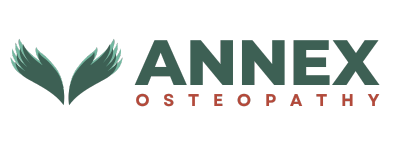Craniosacral Therapy
Craniosacral Therapy is a gentle hands-on osteopathic technique that utilizes a light touch to release tension within the body’s fascia network.
Based on Osteopathic principles, Craniosacral Therapy involves the bones of the head, the spinal column, the sacrum and the underlying structures.
Craniosacral Therapy is based on the idea that bones of the head are in constant rhythmic motion. This motion can affect the entire body.
Craniosacral treatment is aimed to restore this rhythm and allow the forces of life to flow free.
This approach aids in pain relief while also enhancing resistance to disease.
The human body is interconnected, both structurally and functionally. This means that one area of your body can affect another. The goal of Craniosacral therapy is tension relief (fascial clearance).
This may help other connected parts of your body function better through: Self-regulation, Self-correction, Self-healing.
How does craniosacral therapy work?
CST focuses on the gentle placement of hands to help release tension in your body’s connective tissue. This is known as “fascia” (pronounced “fash-ee-uh”). Fascia is the Latin word for band. It’s a casing found throughout your body that holds your organs, glands, nerves, muscles, blood vessels, brain and spinal cord.
The fascia forms a body-wide connective tissue network.
Craniosacral therapy may help you manage symptoms of the following conditions:
- Headaches, including migraines and tension headaches
- TMJ and Face pain.
- Chronic back and neck pain.
- Pregnancy discomfort and postpartum care.
- Chronic pain, chronic fatigue, and Fibromyalgia.
- Neuralgia.
- Scoliosis.
What to expect on your first visit.
What to expect from your Craniosacral Treatment
Call Annex Osteopathy today (416) 550-0143 to book appointment.

